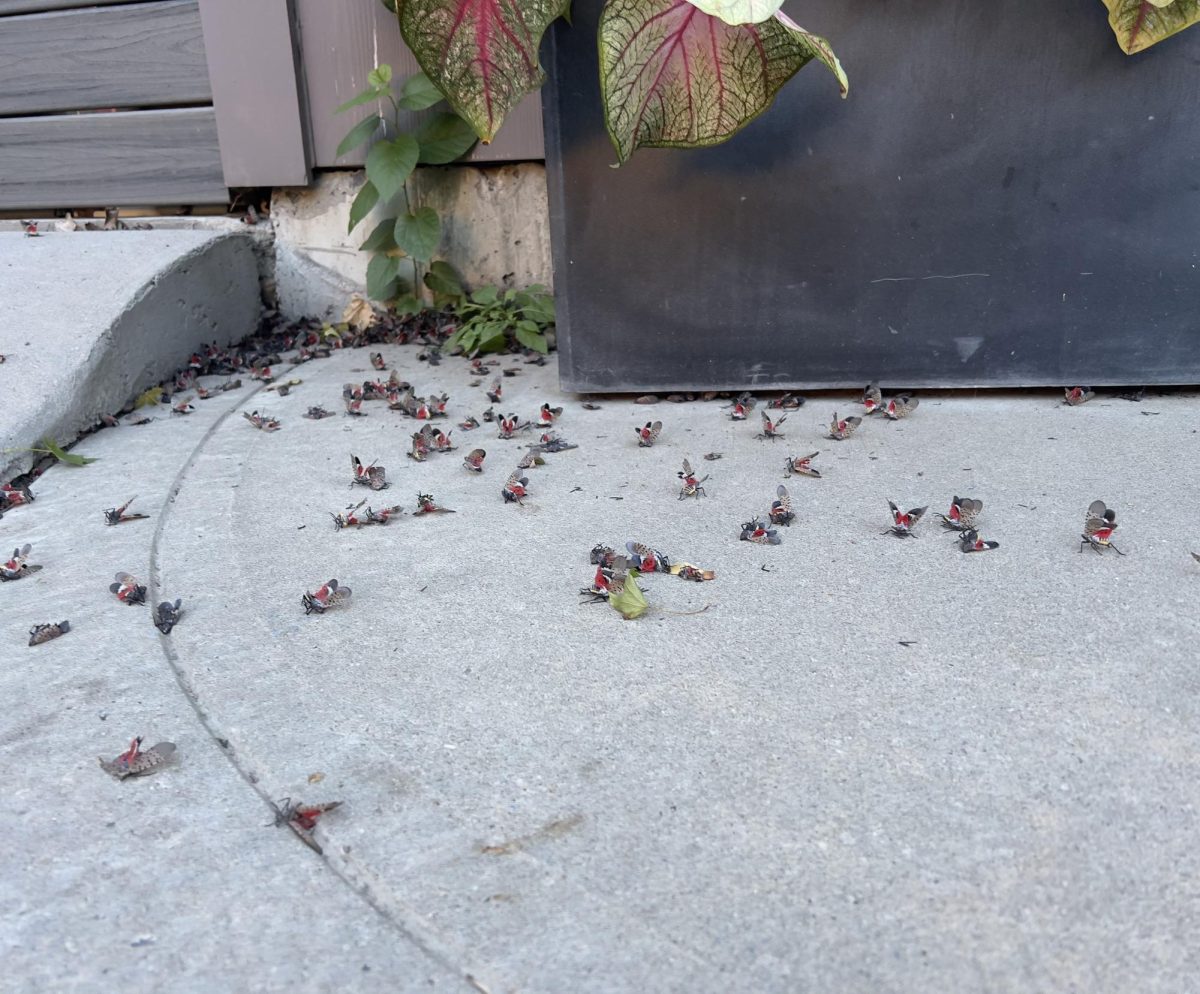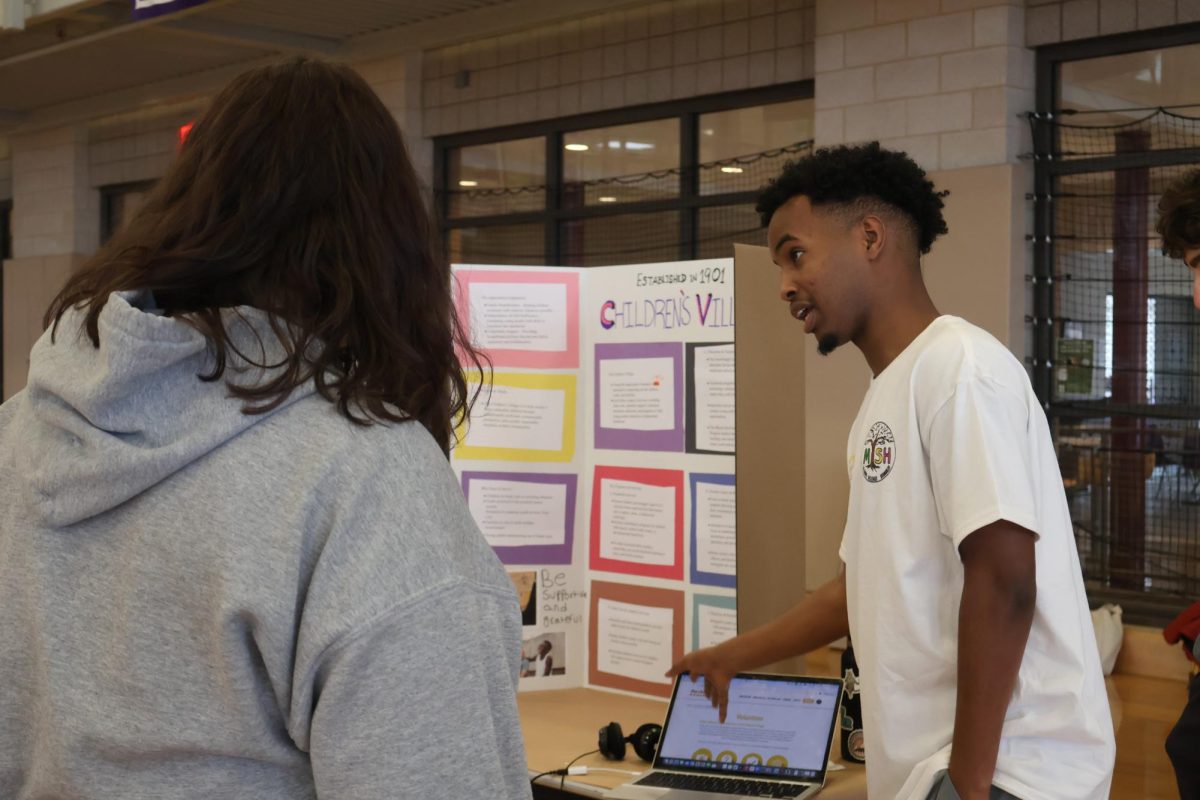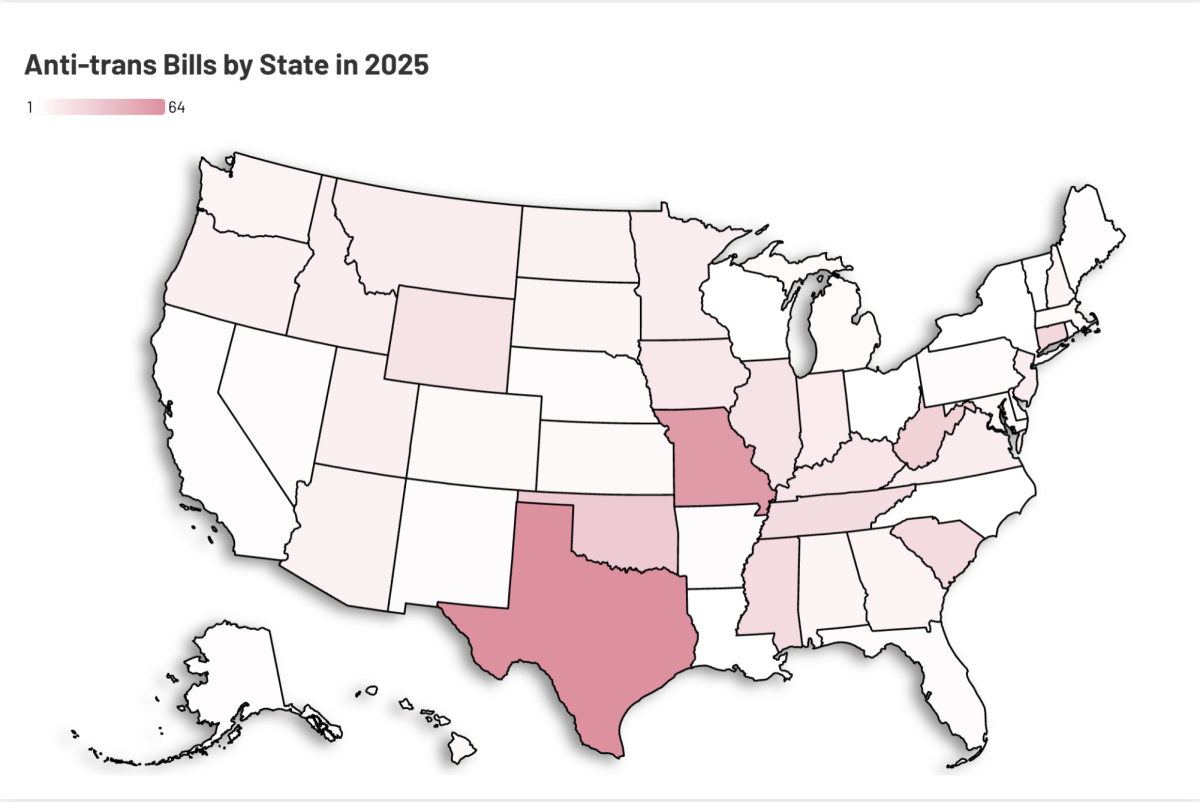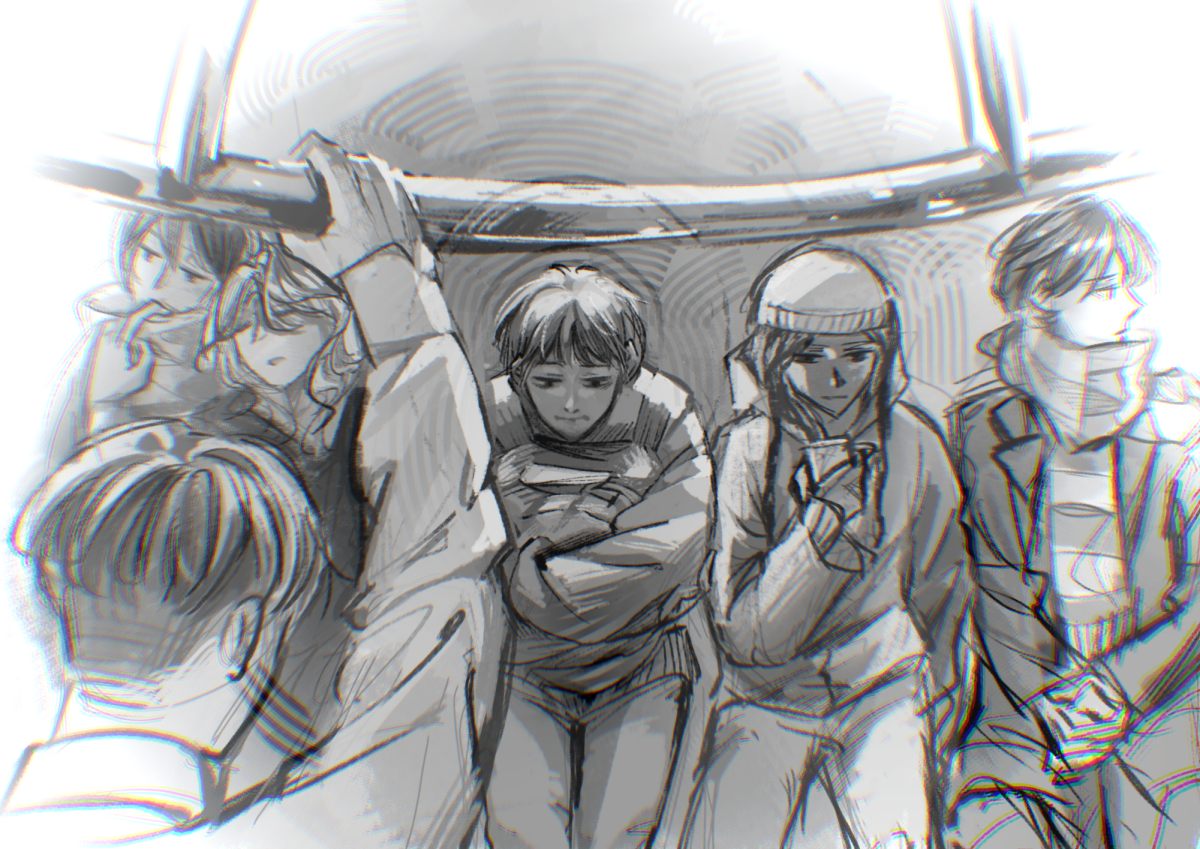Imagine a beautiful Dobbs Ferry scene: the trees look straight out of an impressionistic painting designed to capture the essence of autumn, adorned with red and orange leaves, dappled golden rays of light… but wait, what’s going on with that tree to the left?
The tree looks like it needs some medical attention: The bark in some areas looks like it’s been painted with a thick white gesso, and in other areas is covered in gray flies, each bigger than a quarter. At the base of the tree, it almost looks like a stray can of white spray paint went loose. The white color at the stump is actually a highly sugary poop, the gesso on the tree is gestating eggs, and those flies? They’re the culprit.
What are we dealing with?
When 2012 became the year of foretold doom, the Mayans must have actually been talking about spotted lanternflies. These bugs first arrived in Berks County, Pennsylvania, around 2012 in the form of eggs on a stone shipment from China, according to Cornell’s College of Agriculture and Life Sciences.
Within two years – or two generations of flies – the flies had taken over a swath of woodland and have since spread across the Northeast, evading quarantines, awareness campaigns and other measures.
According to Kelli Hoover, an entomology professor at Penn State University, the lanternflies were able to travel long distances and spread by catching rides on cars or trucks. Hoover added that the population’s growth would be somewhat checked by climate, and temperature extremes would prevent them from spreading to hot, arid Arizona or colder Maine.
What is an invasive species?
Lanternflies are not a unique problem but rather the latest iteration of invasive species. According to Dana McNamee, the science department chair and teacher of AP environmental science, among other classes, “Organisms are being transported all over the world all the time. Most are unsuccessful.” She explained, “Most of them don’t actually ever get the chance to breed or make a new population because they are just not suited for the new location.”
The ones that can acclimate to the climate easily or lack natural predators, can quickly pose a serious threat. As soon as the organism establishes a population in a nonnative area, according to McNamee, it is considered invasive.
McNamee cites many situations that lead to an invasive species being introduced to a habitat, from buying exotic animals as pets to shipping goods with organisms in tow. She said, “We move so many goods all over the world that it’s hard not to have a few hitchhikers. Some of them sneak onto boats, like rats in the 1300s.”
More recent than the bubonic plague, McNamee referred to the Japanese shore crab that settled in Long Island in the late ‘80s. She said, “The shore crab is an organism that, as an egg, was sucked into the ballast of these big ships. Nobody thought twice about bringing this big ship across the ocean, from Japan to New Jersey. When they dumped all that water, all the eggs went into the water too. And now we have a whole coastline of those.”
A similar story to the lanternflies might ring a bell: Stink bugs, also known as shield bugs or, incorrectly, as leaf bugs, also showed up from regions of eastern Asia to Allentown, Pennsylvania. Stink bugs have been in the U.S. since at least 2001, according to the University of California, Riverside, and have remained since. Stink bugs are considered ‘naturalized,’ meaning they have settled for good.
Luckily, stink bugs are fairly benign, so they don’t do much more damage to the local ecology than many other indigenous species. Some types of stink bugs even prey on pests.
Unfortunately, lanternflies are different. They inflict damage on nearly all types of trees from hardwoods to fruit trees, by draining ‘phloem sap,’ according to Hoover. The sap contains the energy needed for growth, and the bugs often stunt the growth of saplings through the depletion of sugar. Their excretions, a sugary substance called honeydew, attract hordes of ants and wasps.
Even when not explicitly harmful, the flies have an off-putting tendency to jump on people, and in high-density areas can render patios, decks, and even the outdoor seating at restaurants uninhabitable.
What can we do about them?
Like stink bugs, these flies are now considered naturalized, meaning it is useless to step on them — right? Not really.
Stepping on even one fly prevents anywhere from 30 to 100 babies in that area. It may not make a difference nationally, but it might make your town or backyard less overrun next year. Moreover, fall is the perfect time to take action. Although these bugs have been in the area for about two years now, autumn is the best time to be proactive.
After a year of maturing, according to Cornell’s College of Agriculture and Life Sciences, adult flies lay eggs in a thick paste on trees starting in September and ending when the first frost kills the adults. The paste on trees hardens over the winter, making the eggs inside particularly vulnerable. The best thing to do when confronted with these eggs in late fall and early winter is to scrape them off the trees. This ensures that, come spring and summer, the next wave of lanternflies won’t be so oppressive.

Middle School fights back
There are other ways to curb the population. According to Hoover, “You can treat infested plants with safer soap insecticides or systemic insecticides like dinotefuran (applied by a professional).”
The Middle School employed a creative method of reducing the fly numbers: Super Soakers. The Environmental Sustainability Club is entering its second year defending the campus against the pests. One of the club leaders, eighth grader Jack Barek, explained the strategy. “We filled water guns with the water-and-vinegar solution that was strong enough to kill the lanternflies but not strong enough to hurt the trees.” He continued, “It killed them pretty quickly, so they didn’t get the chance to [jump away] but there were a couple of times when they jumped at you, which wasn’t the greatest.”
According to Barek, most of the flies are concentrated near the track and Innovation and Entrepreneurship Center. This year, the club is changing their strategy: the students are exploring the possibility of building traps. Barek said, “We are trying to balance between what is going to trap the lanternflies but not trap the other insects, and what is too harmful and going to hurt the trees and going to be too weak.”
Nature often seems omnipotent, a current of changes that is too strong to affect. But even the smallest action, or the most ingenious, can turn the tide against the bugs. These harmful flies didn’t arrive in the Northeast region naturally and will not leave naturally. It is up to humans to protect the native ecology.







